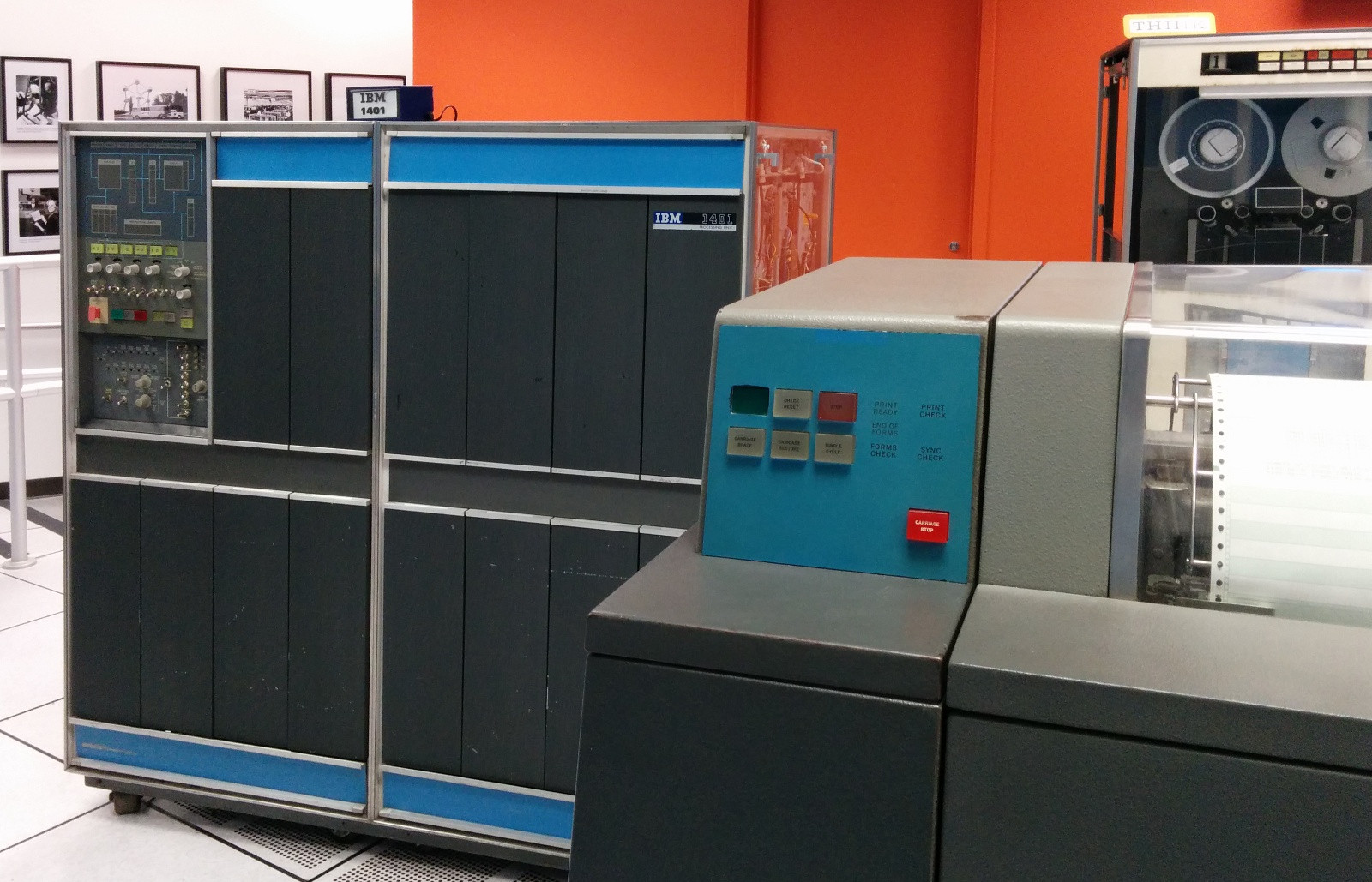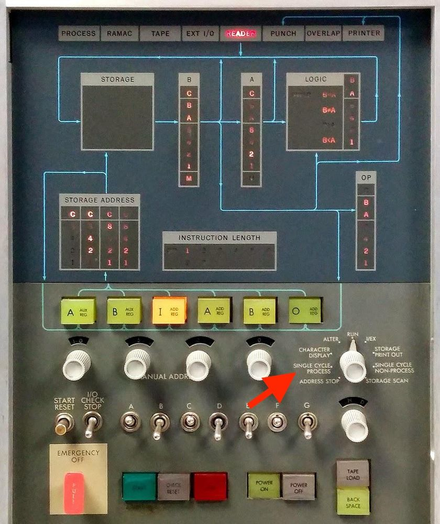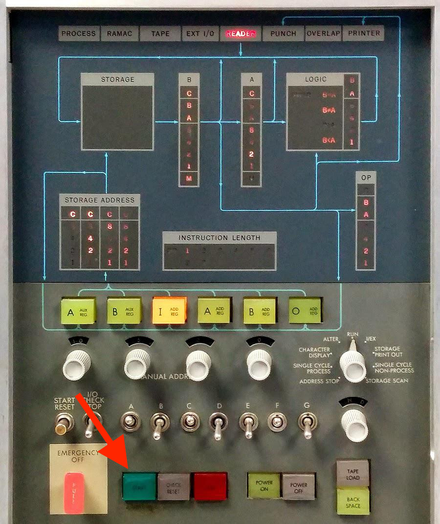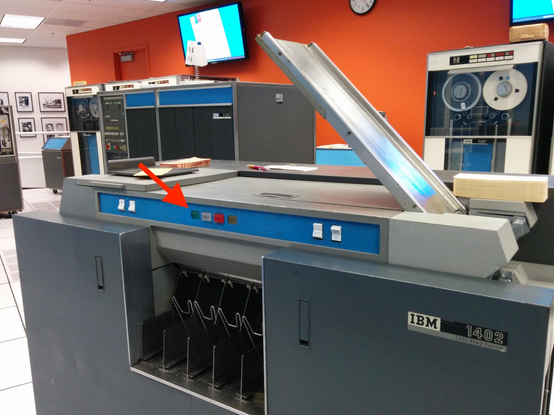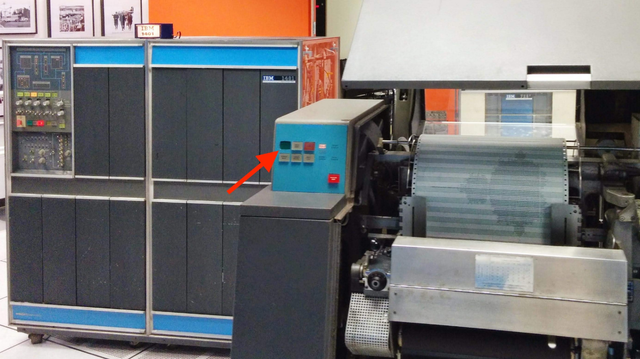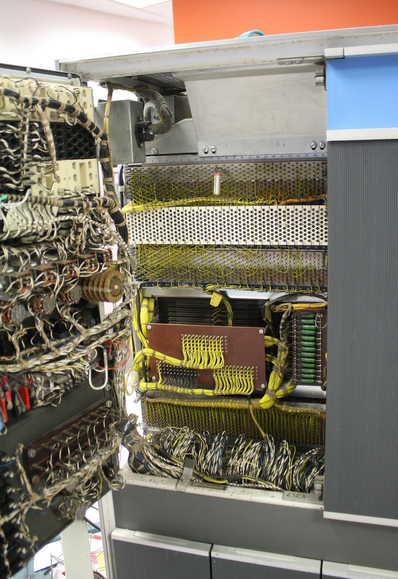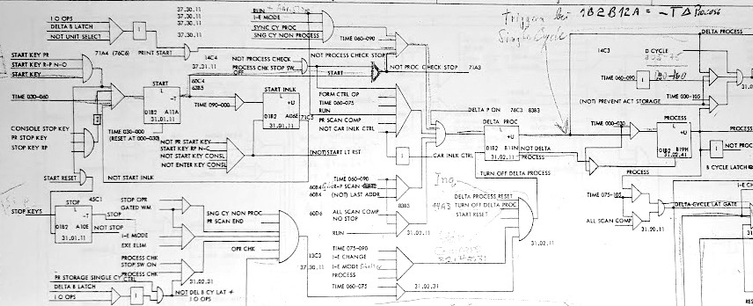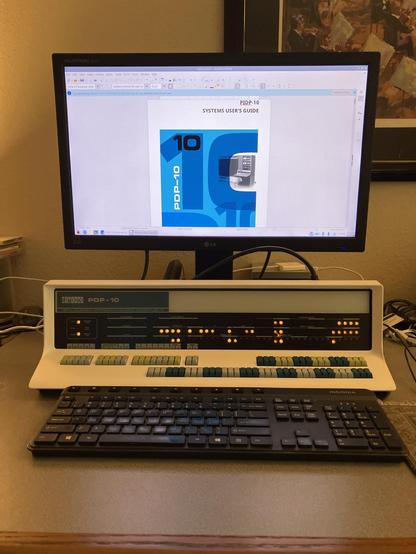I am Director of System Architecture at SCI Semiconductor and a Visiting Researcher at the University of Cambridge Computer Laboratory. I remain actively involved in the #CHERI project, where I led the early language / compiler strand of the research, and am the maintainer of the #CHERIoT Platform.
I was on the FreeBSD Core Team for two terms, have been an LLVM developer since 2008, am the author of the GNUstep Objective-C runtime (libobjc2 and associated clang support), and am responsible for libcxxrt and the BSD-licensed device tree compiler.
Opinions expressed by me are not necessarily opinions. In all probability they are random ramblings and should be ignored. Failure to ignore may result in severe boredom and / or confusion. Shake well before opening. Keep refrigerated.
Warning: May contain greater than the recommended daily allowance of sarcasm.
No license, implied or explicit, is granted to use any of my posts for training AI models.







